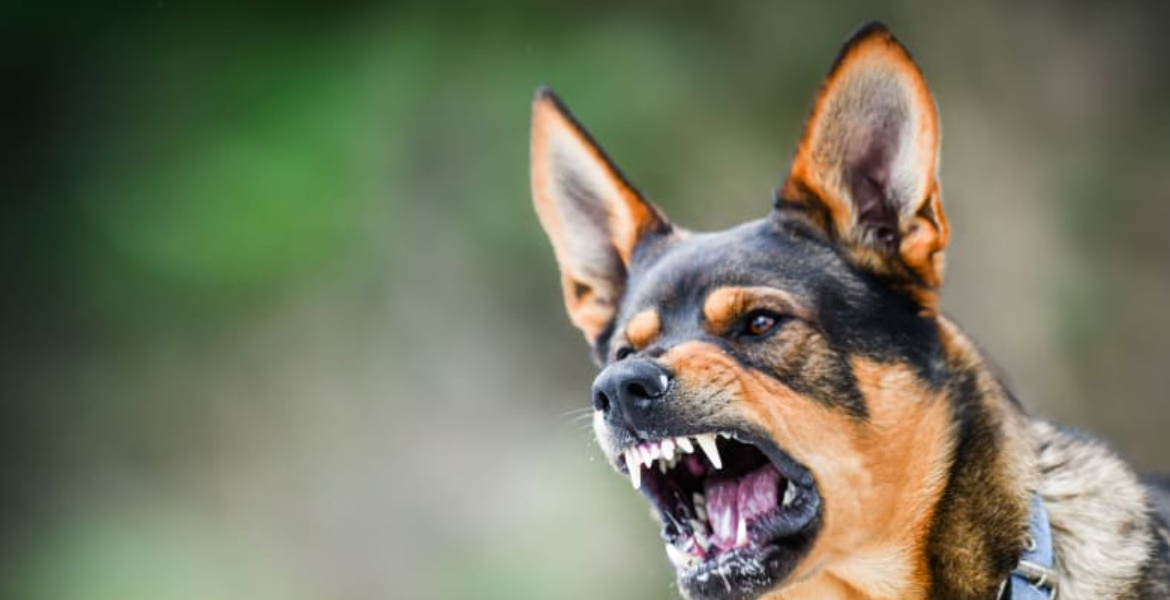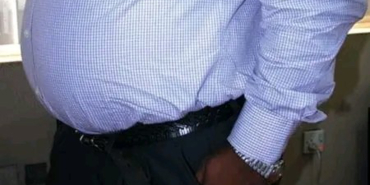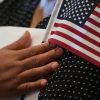Washing Dog Bite Wounds Can Help Stop Rabies, Say Kenyan Vets

In Kenya, veterinary experts are urging dog bite victims to immediately wash wounds with soap and water to reduce the risk of rabies infection.
Rabies is a fatal viral disease transmitted primarily through the saliva of infected animals, with dogs being the main source of transmission in Kenya. The virus attacks the central nervous system, causing inflammation of the brain and, once symptoms appear, the disease is almost always fatal.
Despite the availability of vaccines, Kenya reports approximately 2,000 deaths from rabies each year, contributing to the global toll of around 59,000 deaths annually. Dr Pauline Njoroge, a veterinary surgeon and senior research fellow, explained on NTV that washing bite wounds thoroughly with soap and water for at least 15 minutes can neutralise the virus before it enters the body.
She emphasised that this immediate first aid should precede professional medical treatment. Dog bites often cause deep puncture wounds due to the animal’s powerful jaw pressure, which can range from 200 to 700 PSI, far greater than human bite force. This makes thorough cleansing essential to reduce the viral load at the site of the injury.
While soap and water cleansing is not a substitute for medical care, it offers a critical window to slow viral spread, especially in rural or informal areas where access to healthcare may be delayed. Unlike snake venom, the rabies virus does not spread instantaneously, allowing time for such intervention.
Rabies symptoms start with fever, headache, and pain at the bite site, progressing to severe neurological effects such as confusion, hallucinations, hydrophobia, paralysis, and ultimately death. Early treatment is vital because the disease is nearly always fatal once symptoms develop.
Vaccination is key to preventing rabies. High-risk individuals, including veterinarians and animal handlers, should receive pre-exposure prophylaxis, consisting of three doses of vaccines such as Human Diploid Cell Vaccine (HDCV) or Purified Chick Embryo Cell Vaccine (PCECV). Post-exposure prophylaxis includes administration of rabies immunoglobulin around the wound and a series of rabies vaccine doses over several weeks.
Vaccinating dogs remains the most effective and affordable way to reduce human rabies deaths by limiting the reservoir of infection in animal populations. Community-wide dog immunisation programmes are vital to lowering transmission rates. Emphasising soap and water as a first response equips people with practical knowledge that can bridge the gap between exposure and medical treatment, potentially saving lives in areas where rabies is endemic.








Add new comment